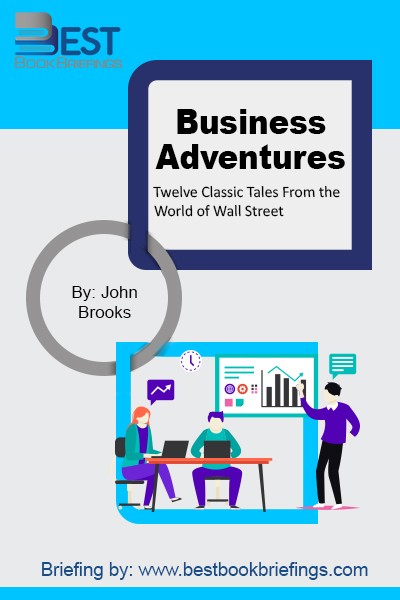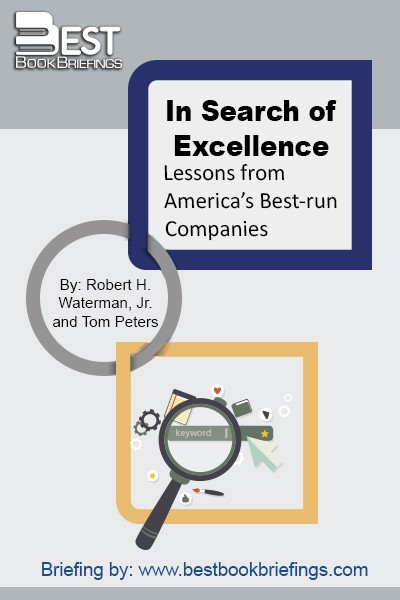In Search of Excellence
Lessons from America’s Best-run Companies
Editorial Review
The Belgian Surrealist Rene Magritte painted a series of pipes and entitled the series “Ceci n’est pas une pipe (This is not a pipe). The picture of thing is not the thing. In the same way, an organization chart is not a compandy, nor a new strategy an automatic answer to corporate grief. We all know this; but when trouble lurks, we call for a new strategy and probably reorganize. And when we reorganize, we usually stop at rearranging the boxes on the chart. The odds are high that nothing much will change. We will have chaos, even useful chaos for a while, but eventually the old culture will prevail. Old habit patterns persist.
Book Reviews
Books on Related Topics

Having a mixed culture with a mixed education, Carlos Ghosn was able to lead Nissan to the next success. Traveling from Lebanon to Brazil, then Paris and America curved his methodology and his way of thinking in a way that enables him to turn a losing company to be one of

It’s certainly true that many of the particulars of business have changed. But the fundamentals have not. The stories in this book are just as relevant now as they were back then, and the lessons learned still apply today. Each story presents people who work together, make decisions under pressure, and

Tactics is based upon fifty interviews conducted for the book with men and women who have been outstandingly successful in a variety of fields. With his usual perceptiveness, Edward De Bono, one of the greatest revolutionary thinkers of our time, analyses their different paths to success, revealing that underneath their different



